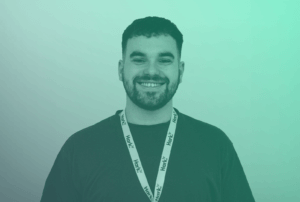Home › Industries › Real Estate
IIoT Solutions for Commercial Real Estate and Building Owners
Making buildings smarter with unprecedented visibility and real-time analytics.
Smarter systems and applications now govern the way many buildings operate, as insights are delivered on rooms, equipment and assets. This technology is crucial for visibility and operations across all types of estates. The Hark Platform (an Intel® IoT Market Ready Solution) allows buildings to optimise energy consumption, reduce maintenance costs and, in some cases, create a new stream of income by selling energy back to the grid.

Revolutionising building maintenance.
Historically, onsite methods were employed for the reporting of maintenance issues, making the maintenance problems and the reporting process costly and time-consuming.
With the use of real-time remote monitoring from any industry standard sensor or building management system, monitor all areas of an estate or building. From CO2 or temperature to energy usage or water flow sensors, you can start to gain a full picture of the overall efficiency of your estate, one building at a time.
- Collect data to draw a picture of a building’s overall efficiency and use these findings to optimise and improve.
- Prevent asset failures by maintaining assets as soon as they show signs of disrepair.
- Sell excess energy into a microgrid to create an additional income stream.
Prioritise work orders using remote monitoring.
Having real-time data at your fingertips gives facilities managers a clearer idea of what maintenance should be prioritised, using metrics such as energy usage and alarms to pinpoint what assets are costing the most money when not working to full capacity.
Maintenance schedules on buildings can then be automated and with the use of the Hark Platform, managers can be alerted in real-time to emerging maintenance issues.
- Deliver instructions to the relevant people automatically.
- Remotely audit your asset estate at any time, from any place.
- Empower engineers to arrive equipped by knowing the source of asset failures before they arrive.
Testing new assets.
New assets can be tested from day one of their installation. A new HVAC system, for example, can be tested to ensure its efficiency parameters from the moment its installed to ensure correct installation. Engineers can gain instant feedback on an asset’s performance, drastically reducing the lengthy, risky process of installing and replacing equipment.
- Increase the life of new equipment by maintaining problems before they become full-blown failures.
- Give new life to legacy assets by testing for weaknesses and repairing accordingly.
- Investigate areas where new equipment may be necessary and save money on assets that only need a tune up, not a full replacement.
Predicting faults across your real estate portfolio.
Not only are engineering teams given the power to prioritise their maintenance schedules, machine-learning powered anomaly detection gives insight into potential problems which can be fixed before they turn into a real problem.
Case Study:Revolutionising Retail
Further Reading

Spotlight: James Geeson
We had a chat with James, one of our recently promoted Account Managers, to see how he’s been getting on in his new role at Hark.
He may not have achieved his childhood dream of playing for Leeds United, but he’s definitely our player of the match!

Spotlight: Damian Ryan
Kicking off our spotlight series, we sat down with Damian, our Head of Professional Services, to find out what drives him in his role at Hark. From his journey as a Technical Specialist, to leading an ever-growing team, Damian shares insights into the dynamic nature of his work, where no two days are the same.

The Top 10 Things I Learnt After Completing a Software Development Apprenticeship
Completing any apprenticeship involves a great deal of learning, but the world of software engineering particularly can be confusing, stressful and, at times, unforgiving. Learning from failures and mistakes is critical for a rewarding and successful career further down the line. In this article I’ll be sharing 10 crucial lessons I learnt on my software engineering journey.
